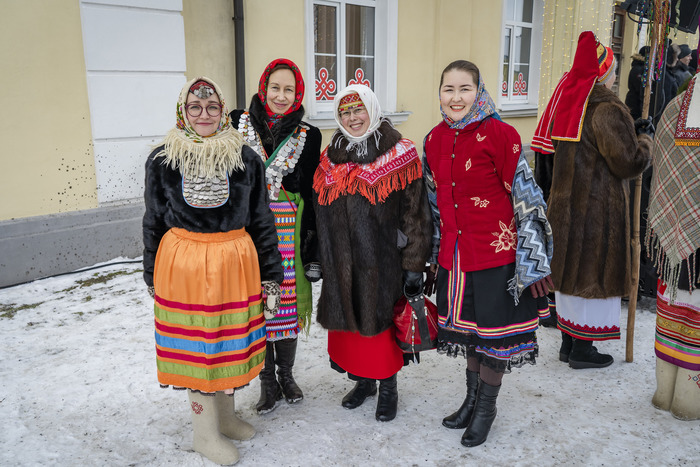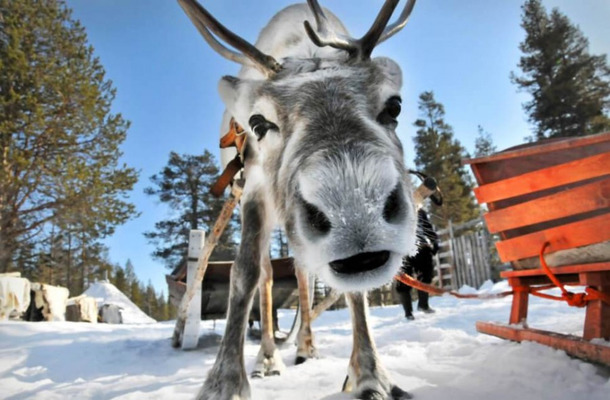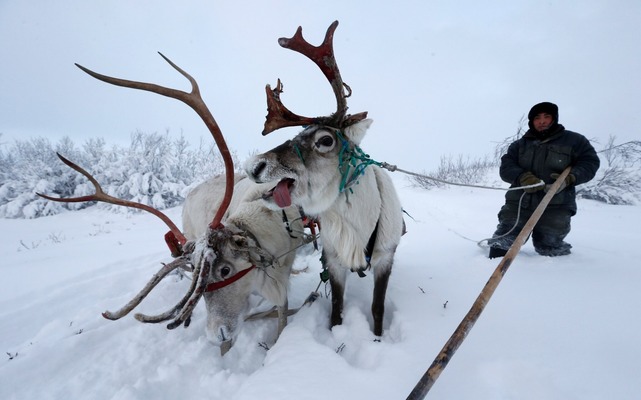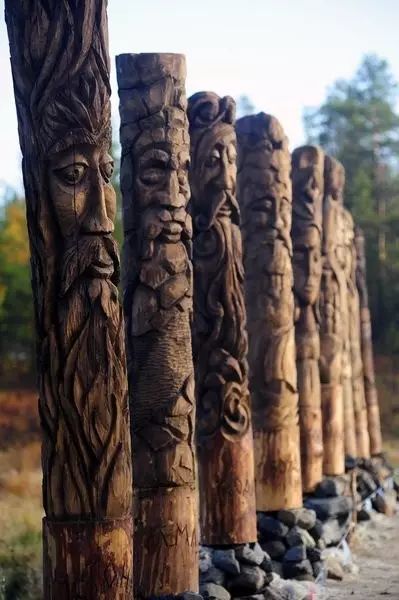
A small Russian village
In the middle of the Kola Peninsula there is a small village of Sami (Саамская деревня), also known as Sami-St (Самь сыйт), where a group of indigenous people live.
They are "Sami people", also known as Laplanders. However, for the locals Lapland has a disparaging and derogatory connotation. That's why they like to call themselves "Sami".

Who are the Sami?
The Sami are one of the oldest nomadic peoples in Europe. They are also one of the largest indigenous peoples in Europe. They live in the far north of Europe, under the polar circle. The language of the Sami people is Sami, which belongs to the Finno-Ugric language group. Currently, the Sami live in these four countries:
Russia (less than 2,000), Sweden (20,000)
Norway (30-40,000), Finland (6,000).
If you ask why they are distributed in different regions, this is the historical reason. Some scholars say that Sami is a close relative of Finnish and other Uralic languages spoken by Russians and Siberians. There is also a slight connection with Hungarian. But the origin of this ancient people is still the subject of research by experts.
The animals of the Sami village
In fact, the village now belongs to an open-air museum, the Sami cultural center. The main purpose of the museum is to allow tourists to visit and to understand and experience the real culture and life of the Sami people. Here you can see the customs and habits of their people.
Of course, you can also see the animals they raise. As the descendants of nomads, the Sami people have their own "pets". For example, we rarely see the reindeer, the mount of Grandpa Christmas.

Reindeer
Reindeer is the symbol of Sami economic and cultural life. The animals are not only a source of food for the Sami people, but also an important means of travel. Especially in winter, the reindeer served as a necessary means of transportation and solved the problem of getting around.
Reindeer are really amazing animals. The antlers on the head are actually not big. But each branch can be divided into multiple forks. Some reindeer antlers can have up to 30 forks! It's like having a small tree without leaves on its head. This is a walking work of art! Reindeer antlers can be used as a medicinal herb.
But for the Sami, reindeer are also their means of livelihood. Because they can carve antlers and bones to make beautiful crafts. The antlers, painted with magical symbols, are the amulets of the Sami people

Place of Faith
The Sami people also have their own beliefs, they fear the gods and have their own totems. This is the idol of the Sami village, which belongs to the Sami's own deity.

Each idol is in charge of a different fortune. Four of the idols represent four natural forces: water, fire, air, and earth. There are five others that bless people with love, marriage, career, health and destiny. Visitors will place coins on the idols, make a wish and embrace the deity. Remember, you have to use the yellow coins to make a wish. The locals believe that these gods can grant their wishes and protect them from disasters.
Life of the Sami people
The life of the Sami people is also very interesting. With just a tent, you can travel the world. In winter, they light bonfires to keep warm and use deerskins to make clothes.
The Sami also have their own flag. Their flag consists of four colors: red, blue, green and yellow. The circle in the middle represents the sun and the moon.
The Sami people have their own symbols for each color. Red — life; yellow — fire; green — labor; blue — sea. Black - death, so the Sami do not have black in their clothing.
The rich culture of the Sami people attracts tourists from all over the world to visit every year. The small village of the Sami is located in the middle of the Kola Peninsula in the Murmansk Region of Russia, between Olenegorsk and Volozero, 110 km from Murmansk. Due to the high volume of visitors, the small village can only receive a limited number of visitors per day. Reservations are usually required in advance, and only 2-3 groups of visitors are basically received each day.
If you’d like to visit this area, get your Russian visa from Visa Express. Don't miss out this sacred place of ancient civilization.